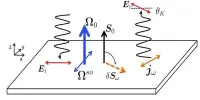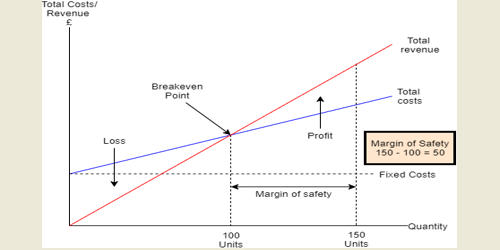An induction regulator is an alternating current electrical machine, similar to an induction motor, that can generate a continuously changeable output voltage. It is a device used in electrical power systems to regulate voltage levels. The induction regulator was an early device for controlling the voltage of electrical networks. Since the 1930s, the tap transformer has been used in distribution network applications.
It works on the principle of electromagnetic induction, which is the process of creating an electromotive force (voltage) across a conductor when subjected to a changing magnetic field. Its applications are now primarily limited to electrical laboratories, electrochemical operations, and arc welding. With simple modifications, its configuration can be employed as a phase-shifting power transformer.
An induction regulator normally has two windings: primary and secondary. The primary winding is connected to the main power source, and the secondary winding is connected to the load. The primary winding is frequently linked in series to an impedance, such as a variable inductor or reactor. By adjusting the impedance in the main circuit, the magnetic flux in the regulator’s core is altered, affecting the voltage induced in the secondary winding and, as a result, influencing the output voltage to the load.
Induction regulators are widely employed in electrical distribution networks to control voltage levels and correct for voltage fluctuations caused by changes in load or other variables. They are particularly useful in areas where the voltage supplied by the utility grid fluctuates significantly or where precise voltage control is required.
These devices are often used in conjunction with other voltage regulation equipment, such as transformers and voltage regulators, to ensure a stable and reliable power supply to customers. Induction regulators are well-known for their reliability, simplicity, and efficacy in voltage regulation applications.
















